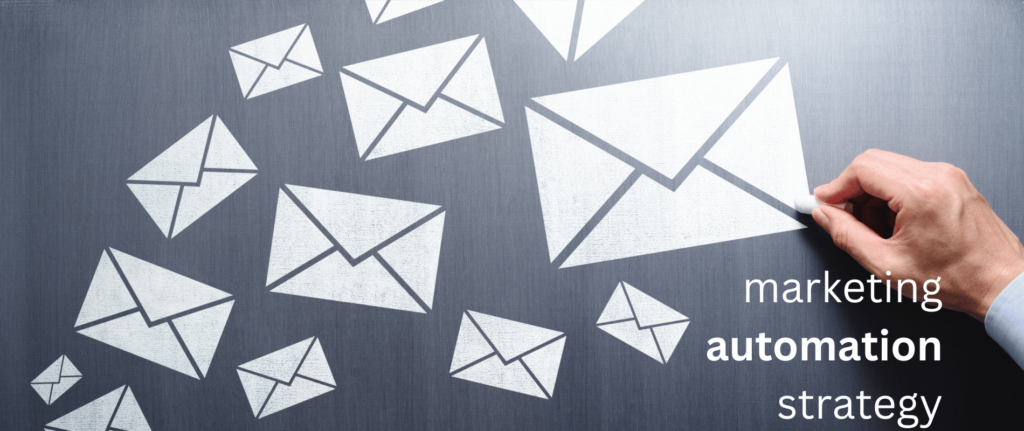Email Marketing remains a strong tool for businesses to connect with their audience and drive conversions. However, the one-size-fits-all approach to email campaigns is no longer effective. To stand out in a crowded inbox, marketers need to embrace behavioral targeting, a strategy that enables personalized and tailored communication based on individual customer behavior. This article will hunt into the concept of behavioral targeting in email marketing automation, its benefits, implementation strategies, and best practices. Before getting deep into the topic, first we need to understand about behavioral targeting in email marketing automation.
What is Behavioral Targeting?
Behavioral targeting in email marketing refers to the practice of segmenting and targeting subscribers based on their past behaviors, interactions, and preferences. By tracking and analyzing customer actions such as email opens, clicks, purchases, and website visits, marketers gain valuable insights into individual preferences and interests. These insights help craft highly relevant and personalized email content, ultimately leading to improved engagement and conversion rates.
Benefits of Behavioral Targeting in Email Marketing Automation:

1. Enhanced Personalization
- Behavioral targeting enables marketers to deliver personalized email content tailored to individual customer preferences, interests, and buying behaviors.
- Personalized emails have higher open and click-through rates, fostering a stronger connection with customers.
2. Improved Engagement and Conversion Rates
- By delivering relevant content at the right time, behavioral targeting increases customer engagement with email campaigns.
- Targeted emails result in higher conversion rates, as customers are more likely to respond to offers aligned with their interests and behaviors.
3. Increased Customer Loyalty and Satisfaction
- By understanding customers on a deeper level, behavioral targeting allows businesses to provide a more personalized experience.
- Satisfied customers are more likely to remain loyal and become advocates for your brand, driving long-term success.
Implementing Behavioral Targeting in Email Marketing Automation:
1. Data Collection and Analysis
- Collect and analyze customer data from various touchpoints, including website interactions, purchase history, and email engagement.
- Utilize marketing automation platforms and customer relationship management (CRM) systems to centralize and analyze data effectively.
2. Segmentation and Targeting
- Group subscribers into segments based on shared behaviors, preferences, and characteristics.
- Tailor email campaigns to address the specific needs and interests of each segment.
3. Email Content Personalization
- Leverage customer data to create highly personalized and relevant email content.
- Incorporate dynamic content elements such as product recommendations, personalized offers, and triggered emails based on customer behaviors.
4. Automation and Triggered Emails
- Utilize automation to trigger emails based on specific customer actions, such as abandoned carts, product views, or subscription renewals.
- Automate email sequences to nurture leads, re-engage inactive subscribers, and drive conversions.
Best Practices for Behavioral Targeting in Email Marketing:
1. Respect Customer Privacy and Consent
- Ensure compliance with data protection regulations and obtain explicit consent for tracking customer behaviors.
- Communicate transparently about data collection and use, assuring customers of their privacy and security.
2. Test and Refine
- Continuously test different variables, such as subject lines, content, and timing, to optimize email performance.
- Analyze results and refine your targeting strategies based on data-driven insights.
3. Monitor and Adapt
- Keep a close eye on customer behaviors and adapt your email campaigns accordingly.
- Stay updated with market trends and changes in customer preferences to deliver timely and relevant content.
FAQs (Frequently Asked Questions):
Q: How does behavioral targeting differ from demographic targeting?
A: While demographic targeting focuses on broad characteristics such as age, gender, or location, behavioral targeting centers on individual behaviors, actions, and preferences. It enables a more personalized and precise approach to email marketing.
Q: What are some effective ways to collect customer data for behavioral targeting?
A: Customer data can be collected through website analytics, purchase history, email engagement tracking, surveys, and preference centers. Utilizing marketing automation and CRM systems can streamline data collection and analysis.
Q: Can behavioral targeting be applied to both B2B and B2C email marketing automation?
A: Yes, behavioral targeting is applicable to both B2B and B2C email marketing. By understanding the behaviors and interests of both businesses and individual customers, marketers can deliver targeted and relevant email content in both contexts.
Conclusion:
Behavioral targeting in email marketing automation offers a powerful way to engage customers and drive conversions. By exploiting customer behaviors and preferences, marketers can create personalized email experiences that resonate with recipients. The benefits of behavioral targeting include enhanced personalization, improved engagement and conversion rates, and increased customer loyalty. By implementing effective strategies and best practices, businesses can unlock the full potential of behavioral targeting and take their email marketing efforts to new heights. Embrace the power of behavioral targeting and watch your email campaigns thrive.




